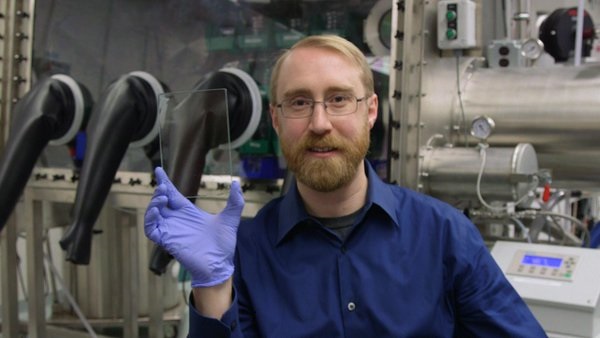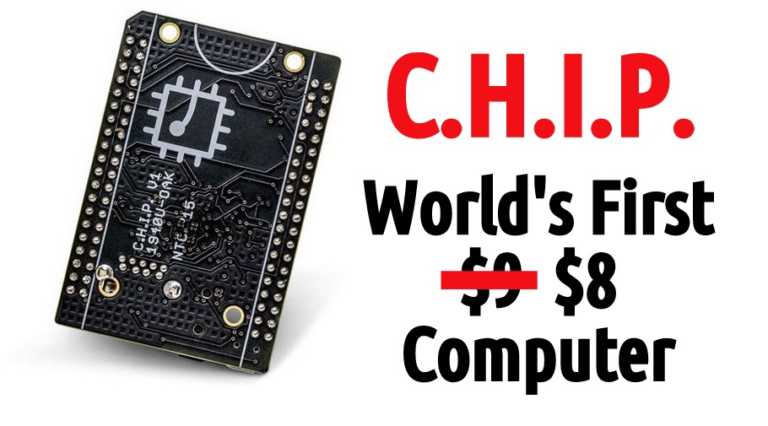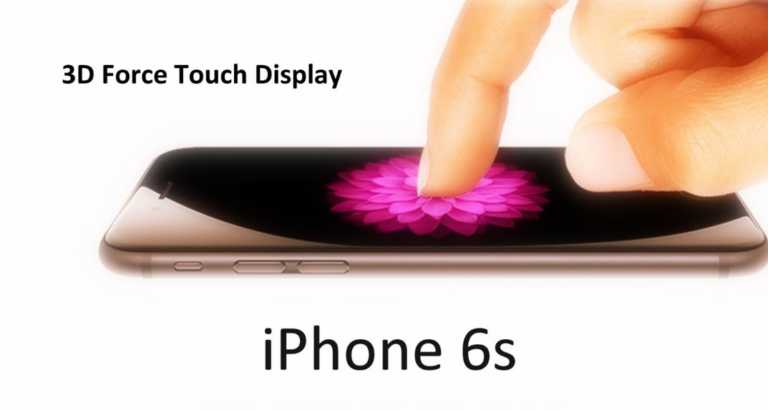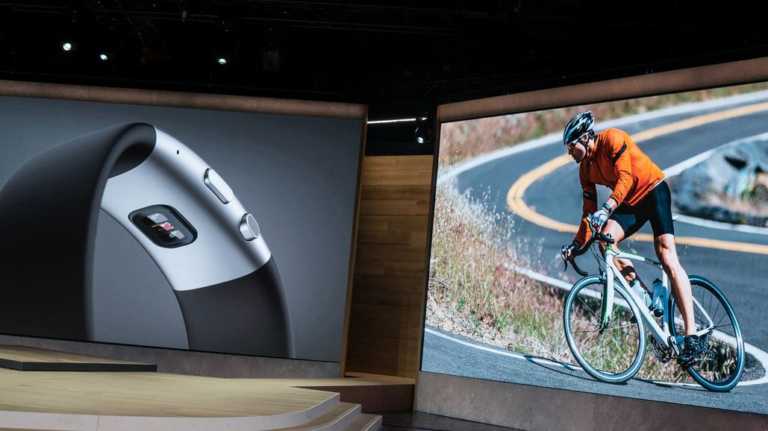“Light Speed” Computers Possible With Beam-splitting
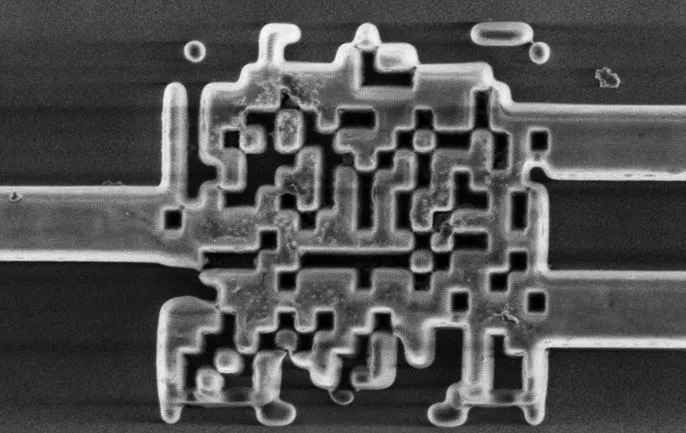
Previously, a couple of articles were written on super fast computers. One model was the quantum computer that could correct its own errors, one was an optical- signal powered computer that could function at the speed of light by bending a signal. There was also this rice grain sized micro mote m^3 -the world’s smallest computer. Another awesome model that entangles photons on chips is in development. Is there any limit to the development of computers, I wonder.
Just recently, research on building super fast computers that function at the speed of light took an important step towards their realization with this super cool beam-splitting photonic chip that could lead to the creation and advancement of super fast computers.
A team of engineers and scientists at The University of Utah have developed an ultra compact photonic sensor, that could lead to the development of the next generation of computers and mobile devices capable of performing a million times faster. This compact beam-splitter- the smallest on record- divides light waves into two separate channels of information. This device could potentially lead researchers and engineers to the fabrication of silicon photonic chips that compute and shuttle data with light beams instead of electrons.

These silicon photonics could significantly increase the power and speed of supercomputer machines. They could also form a vital part of the specialized computers that detect autonomous cars and drones with collison detection. Eventually, this technology could reach home computers and mobile devices and improve applications from gaming to video-streaming.
Light is the fastest thing you can use to transmit information.But that information has to be converted to electrons when it comes into your laptop. In that conversion, you’re slowing things down. The vision is to do everything in light.
Photons carry data over internet through fiber-optic networks. But once the information stream reaches a home or office network, the photons must be converted into electrons for the router or computer to handle the information. This could be eliminated if the information remains as light within the processors. This could make the devices function a million times faster.
To achieve that, the team of engineers have developed a much smaller form of a polarisation beamsplitter that looks somewhat like a barcode, on top of a silicon chip that could split guided incoming light into its components. The team was able to create a 2.4 by 2.4 micron chip, about one-fiftieth the size of human hair, closest to what is physically possible.
Companies like IBM and Intel are already working on building supercomputers that work using this technology- but will use hybrid processors that remain partly electronic. These beam-splitters could be used in computers in about 3 years, the engineers predict.
As an engineering student, I wonder if I will be able to work on such cool stuff. *sigh*
Source: Nature
Recommended: Google’s Project Vault: A Secure Computer On A Micro SD Card

